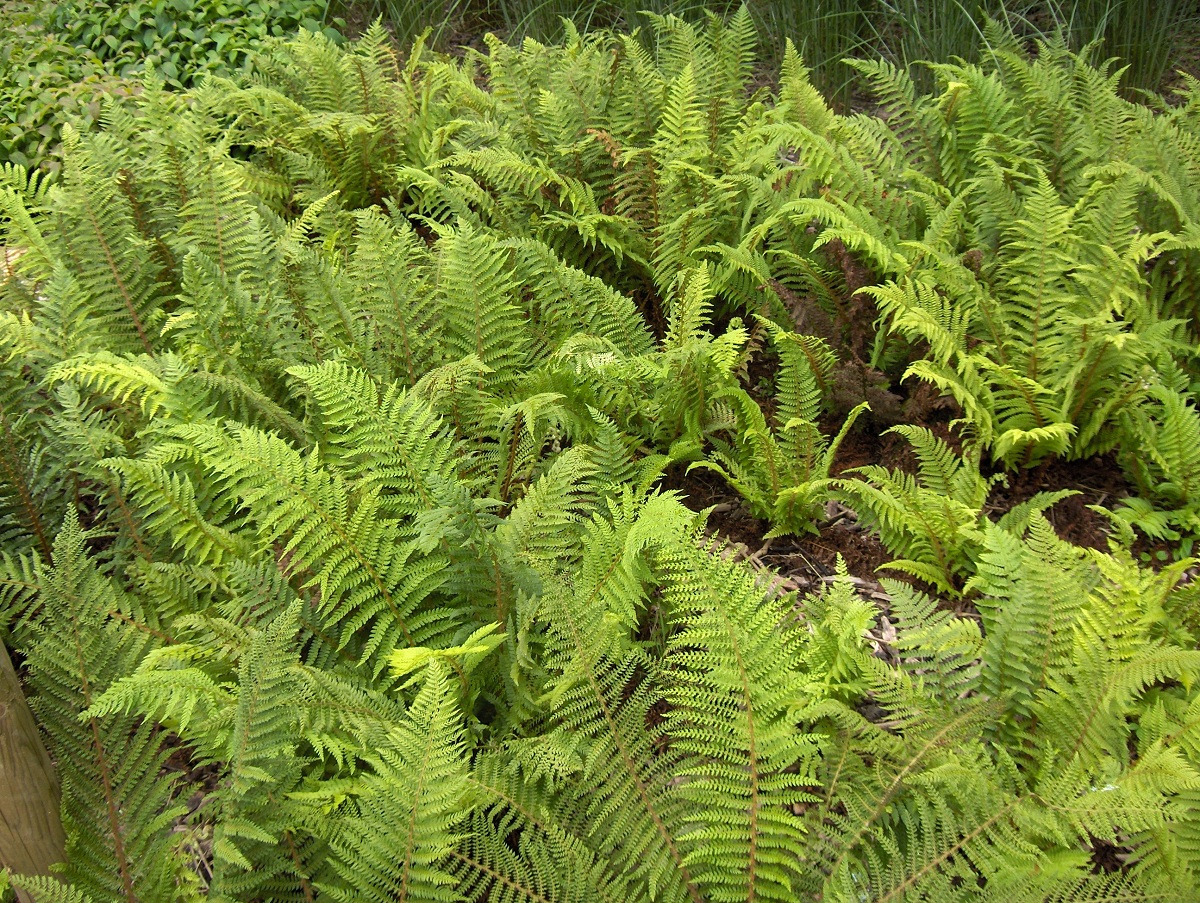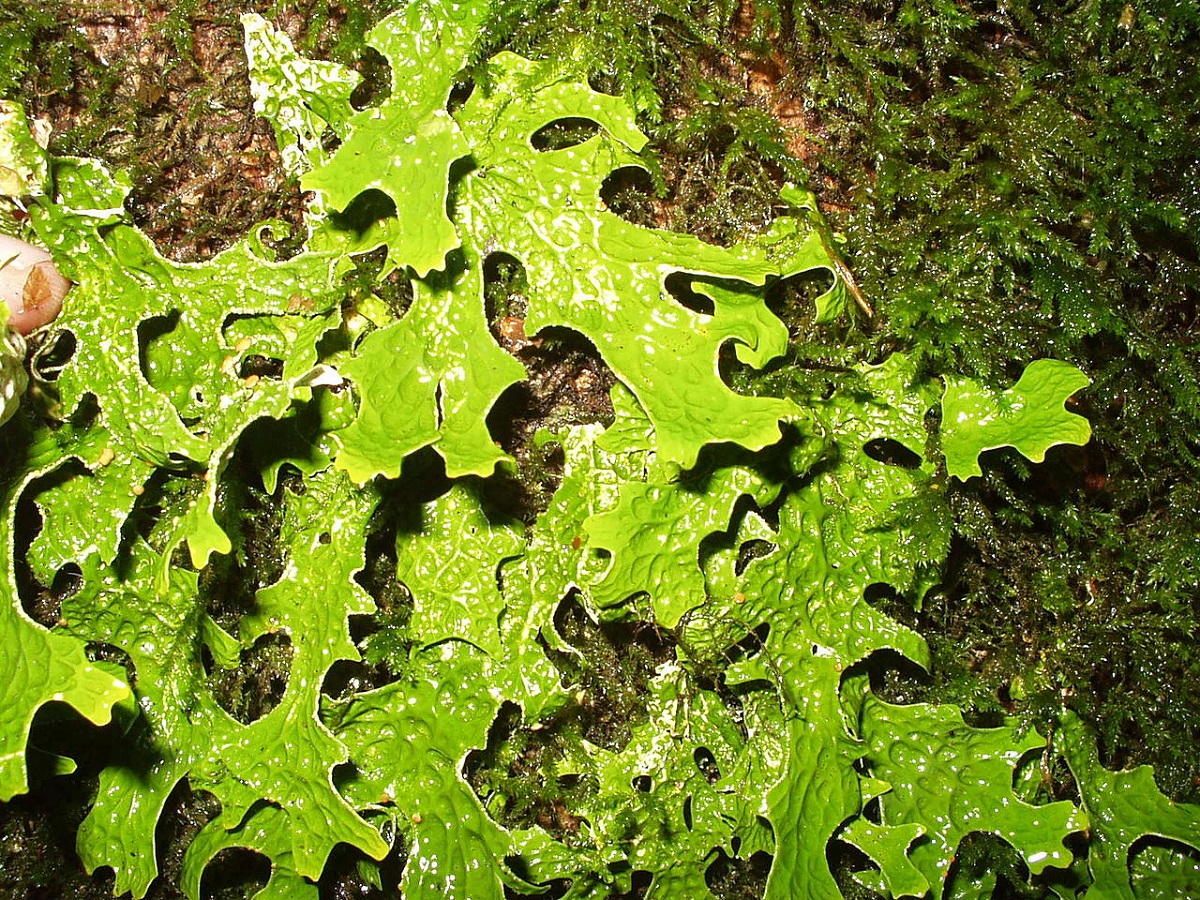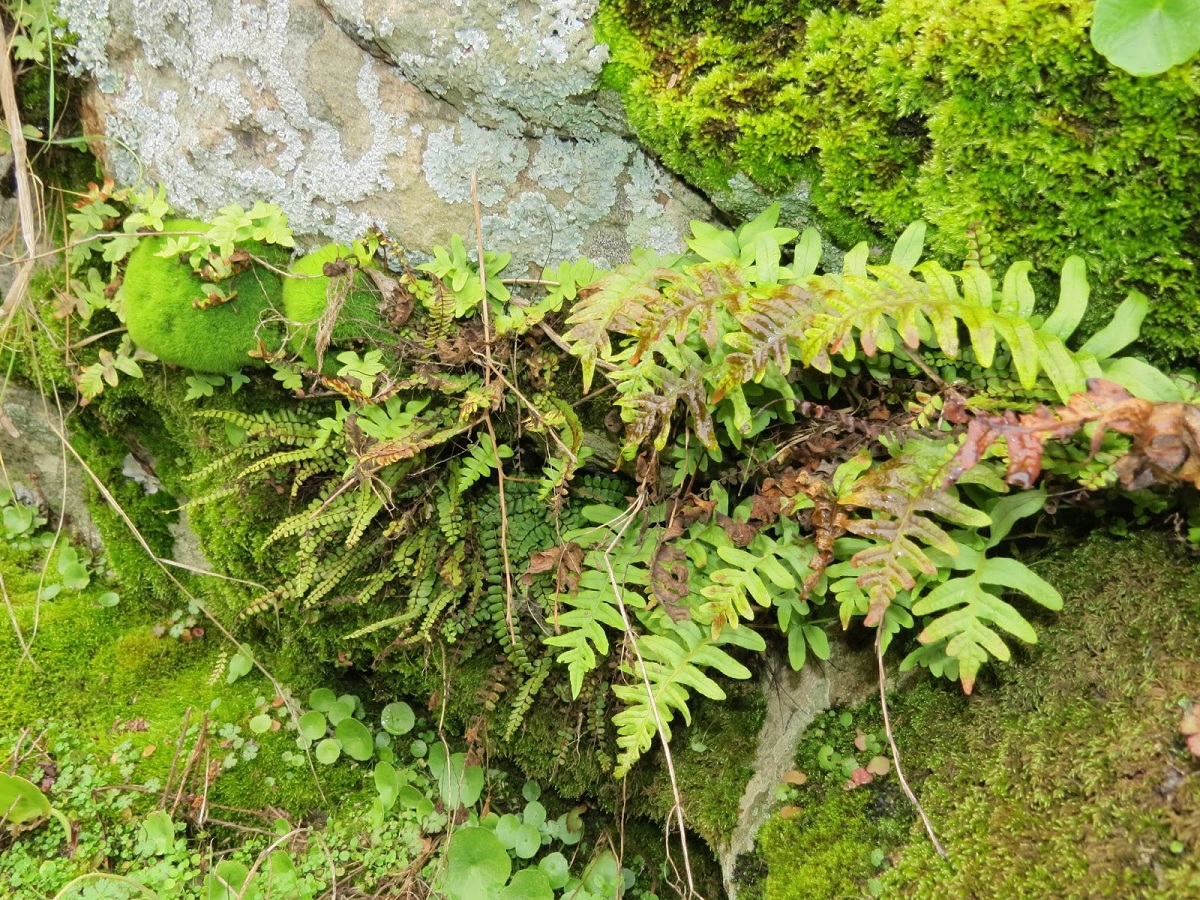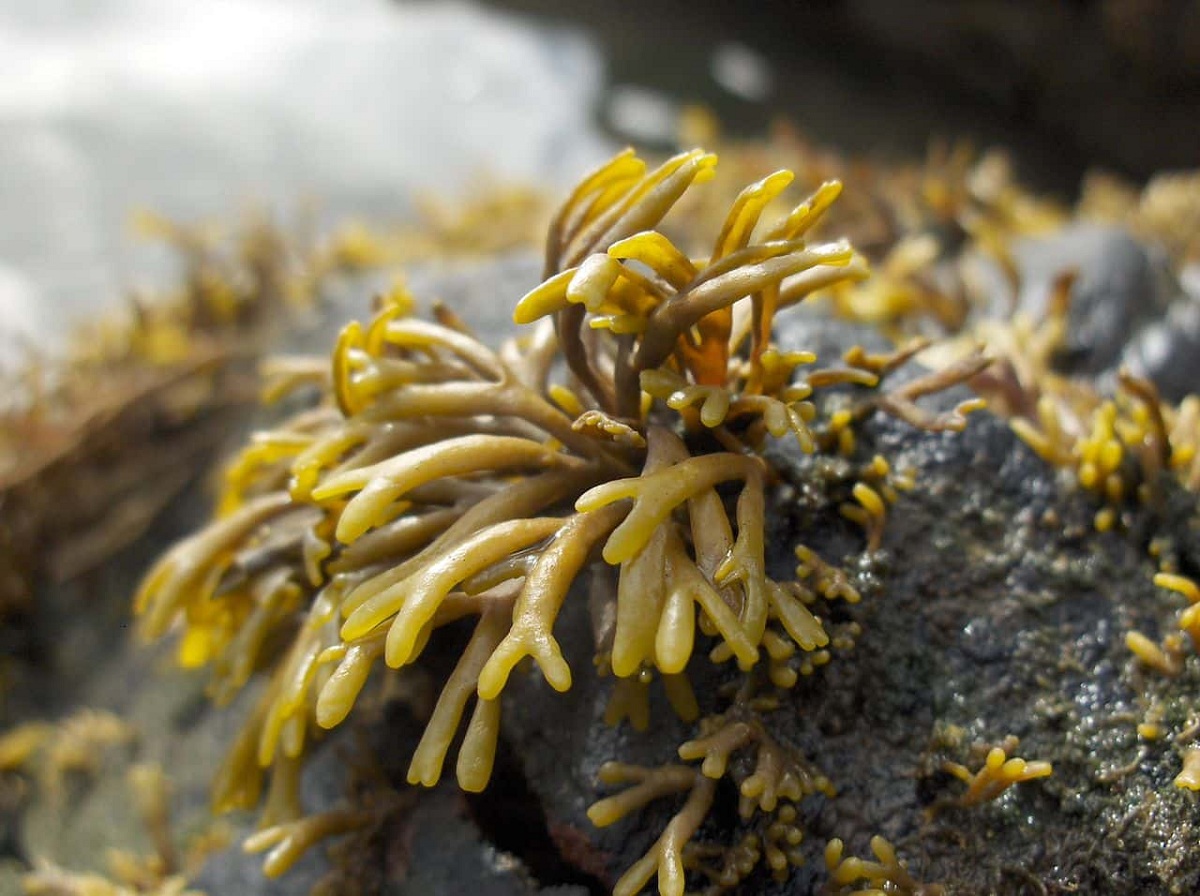
Today we are going to talk about a type of plants that are capable of reproducing by means of spores. It's about the cryptogamic plants. This term means hidden reproduction and comes from the Greek. By saying that they are cryptogamic plants we are indicating that they do not reproduce by seeds. In this group are classified the lower plants that do not have structures that other plants normally have, such as the stems, roots, leaves, flowers or seeds. Also, their reproductive parts are hidden.
In this article we are going to tell you about all the characteristics, reproduction and curiosities of cryptogamic plants.
Characteristics of cryptogamic plants

If we analyze these plants from a broader sense, we see that cryptogamic plants are all those that are capable of reproducing by means of spores and not by seeds. As a result, they are plants that have hidden reproductive parts. Hence its Latin name. The group of cryptogams also find other organisms that are not part of the plant kingdom.
Some of the organisms that are reduced in the group of cryptogamic plants are cyanobacteria, green algae, lichens and some fungi. We must bear in mind that in the taxonomy each of these organisms belong to different kingdoms. This indicates that when we group the cryptogams we are making a totally artificial grouping and without any type of taxonomic character.
Reproduction and habitat of cryptogamic plants

We are going to see how is the type of reproduction that this type of plants has. As mentioned above, these plants do not have the same vegetative and reproductive structures as most mes plants. All its reproductive parts are hidden. Some of them are capable of reproducing asexually through spores. This means that They do not need another organism to reproduce. As an expansion evolution it can mean a benefit since it needs it from other individuals in order to multiply. However, this is not quite the case.
Other types of cryptogams have different generations that alternate between asexual and sexual reproduction. The latter is carried out through the union of the gametes of the male and female part, which is why they come from different organisms.
In terms of habitat, these plants can live in both aquatic and terrestrial environments. However, terrestrial cryptogamic plants can be found more frequently than in aquatic ones. In addition, they are plants that prefer shady and humid environments to be able to develop in good conditions. They are usually found in areas with a high degree of humidity and little solar radiation. It must be borne in mind that these plants have tissues that can be damaged by the influence of the sun. It needs a fairly humid environment in order to survive.
This group of cryptogamic plants we find ferns as the only ones and they have a vascular system. Said vascular system It uses it to be able to transport all the fluids and nutrients within the body. Other plants within the group require an external source of water in order to survive and grow.
Nutrition
We are going to talk about the nutrition that these plants require in order to survive. Some of them can carry out photosynthesis depending on where they are. That is, they are capable of making their own food. The organisms that are capable of producing their own food are classified as autotrophs. For this reason, many of the species of cryptogamic plants can make their own food. As we mentioned at the beginning of the article, we must not forget that this classification does not belong to taxonomy, but is something totally artificial.
Other members of the cryptogam group can feed themselves thanks to the use of external sources. For this reason, it is known by the name of heterotrophs. To a lesser extent, there are some species that can directly absorb the nutrients necessary for their development from another organism. These organisms can also feed on nutrients such as dead organic matter. These plants are clearly a very diverse group of organisms, so it is difficult to create unique characteristics that can be applied to all members of this group.
Types of cryptogamic plants

As it is quite difficult to create a group that unifies all the characteristics, we are going to divide which are the main groups of cryptogamic plants that exist.
Talophytes
They are those plants that belong to a group that have a structure called thallus. This thallus does not distinguish the plant or roots, stems and leaves. For this reason, they are considered as lower plants since they have a relatively simple anatomy. In the group of talophytic plants we find a polyphyletic group. This means that the organizations that make up this group do not come from a single common Israel, but from several of them. In the group of talophytes are algae, fungi and lichens.
Bryophytes
They are those that do not have a proper vascular system. This means that they do not have structures that are created in a specialized way to conduct water and nutrients throughout the body. They are plants, mostly terrestrial, that require a large amount of humidity to survive. They reproduce in a sexual way. In this group we find mosses, liverworts and anthoceras.
Pteridophytes
They are cryptogamic plants of the most evolved that exist. And this is because they have a vascular system made up of xylem and phloem for the conduction of nutrients throughout the body. The body of these plants is made up of roots, stems, and leaves. Most of these plants are widely distributed throughout the world. They can be found from tropical environments to humid mountainous areas. Within this division are 4 main classes: psilopsida, lycopsida, sphenopsida and pteropsida.
As you can see, there are different divisions of the plants that exist on our planet depending on the characteristics and way of life it presents. I hope that with this information you can learn more about cryptogamic plants, their characteristics and their classification.